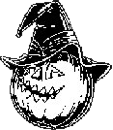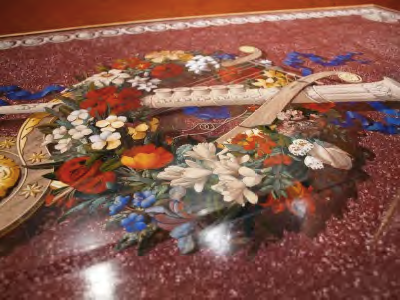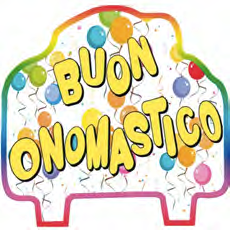Rificolona in Florence — Ona, Ona, Ona!
| Ona, Ona, Ona, O che bella Rificolona, La mia l’é coi fiocchi, La tua l’é coi pidocchi! |
(Ona, ona, ona, What a beautiful Rificolona, Mine with bows is tied, In yours, lice do reside!) |
 Florentine children sing this song as they wander through the streets of Florence the first week of September, carrying papier-mâché lanterns tied to the ends of sticks, called rificolone. There are several theories as to where the tradition originates from, some think it commemorates the triumphant entry of Florentine troops into Siena on August 2 1555, when the soldiers tied lanterns onto the ends of their pikes.
Florentine children sing this song as they wander through the streets of Florence the first week of September, carrying papier-mâché lanterns tied to the ends of sticks, called rificolone. There are several theories as to where the tradition originates from, some think it commemorates the triumphant entry of Florentine troops into Siena on August 2 1555, when the soldiers tied lanterns onto the ends of their pikes.

 Victor Gugliuzza, affectionately known to many in IFAFA as one of “the Victors” along with his long-time companion Victor Peck, was born Victory Roy Gugliuzza in 1921. He grew up with two sisters and a brother, all of whom predeceased him.
Victor Gugliuzza, affectionately known to many in IFAFA as one of “the Victors” along with his long-time companion Victor Peck, was born Victory Roy Gugliuzza in 1921. He grew up with two sisters and a brother, all of whom predeceased him. Joe Bentivegna was a long-time member and supporter of IFAFA. He was born in Dunmore, PA, and passed away at his home in Loretto, PA.
Joe Bentivegna was a long-time member and supporter of IFAFA. He was born in Dunmore, PA, and passed away at his home in Loretto, PA.
 Florence, Tuscany – Take time to visit this tiny jewel in Florence: the Opificio delle Pietre Dure. Literally meaning “Factory of Hard Stones”, this lovely museum is an excellent antidote to “compulsory tourist sites” overload. The subject of its collection is semiprecious stone and its use in intarsio (inlay) for the production of all sorts of decoration.
Florence, Tuscany – Take time to visit this tiny jewel in Florence: the Opificio delle Pietre Dure. Literally meaning “Factory of Hard Stones”, this lovely museum is an excellent antidote to “compulsory tourist sites” overload. The subject of its collection is semiprecious stone and its use in intarsio (inlay) for the production of all sorts of decoration. In Italy, as well as in many other countries in Europe and Latin America, people celebrate the day of the year associated with one’s given name.Italians call it onomastico.
In Italy, as well as in many other countries in Europe and Latin America, people celebrate the day of the year associated with one’s given name.Italians call it onomastico.